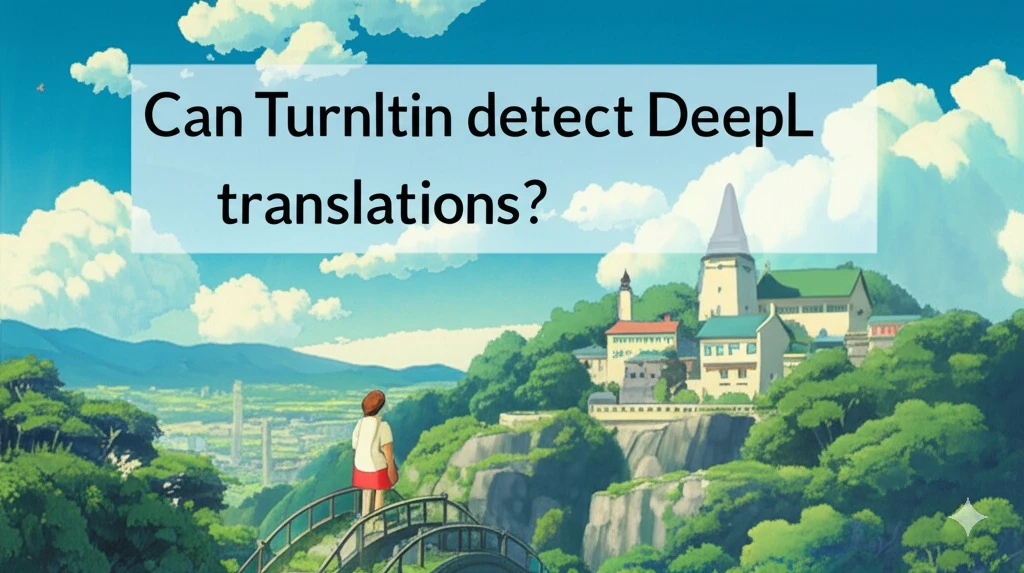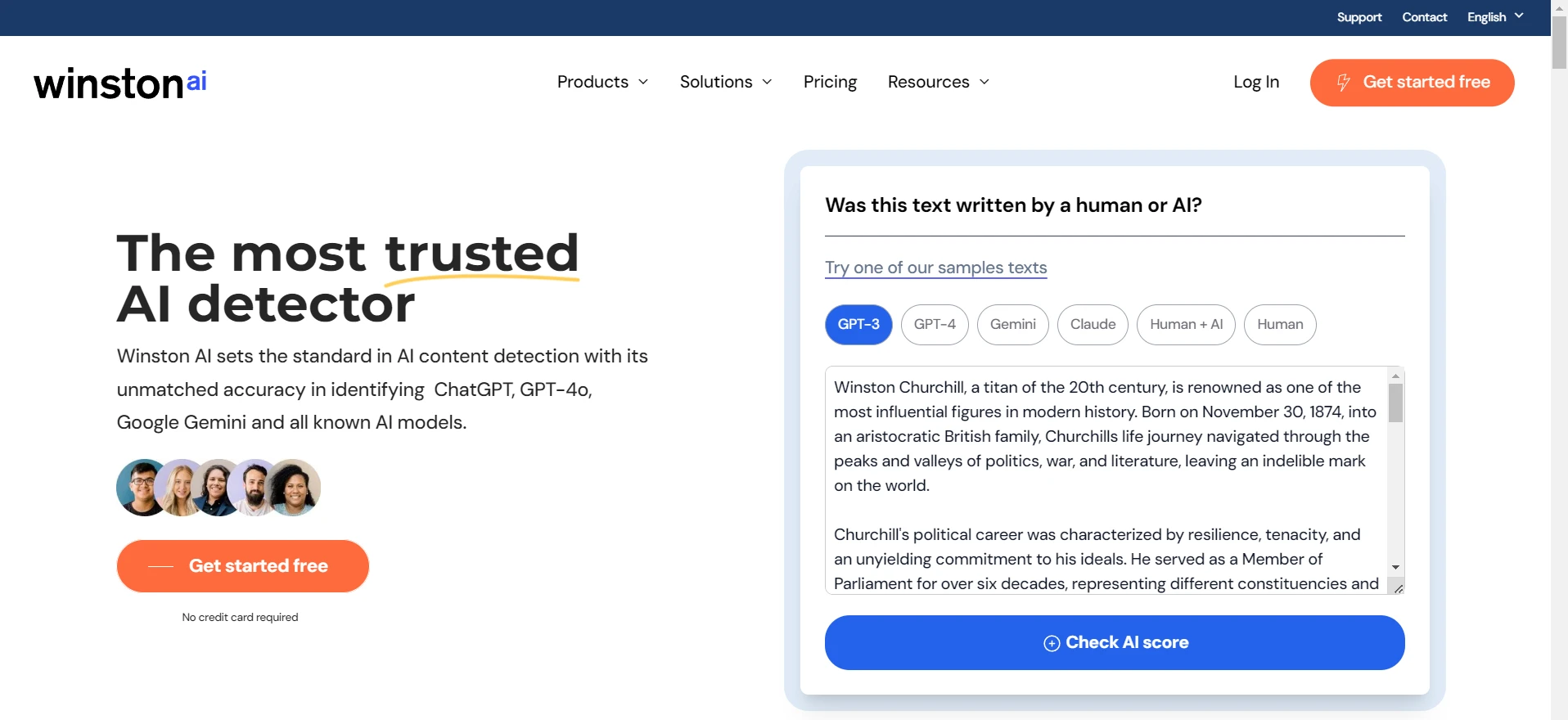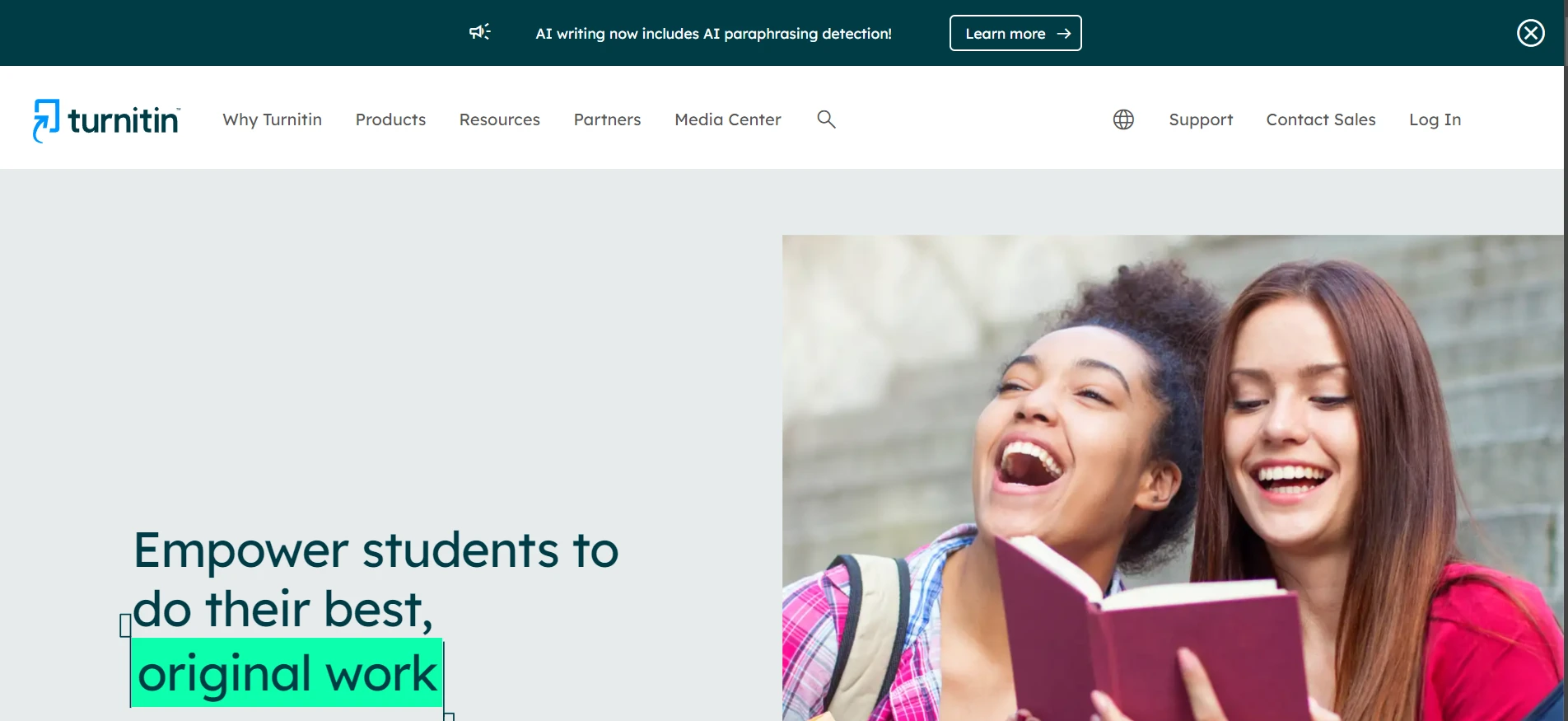As we all know it DeepL translations gets pretty easily detected by Turnitin. However, is it the same case as Google Translate? The short answer is YES. The longer answer is that the devil lies in the details. Keep reading to know more about it.
Why DeepL gets detected by Turnitin?
The simple answer is, just like other AI translators, DeepL is not made to bypass AI detectors like Turnitin. Indeed, they never advertise or claim that they are producing text which could outsmart Turnitin. Hence, if it is not made to accomplish this task it won't be able to do it.
DeepL is an excellent translator for academic and professional needs. But when it comes to bypassing Turnitin's AI detection, it will often betray you. You might pass Turnitin’s plagiarism test with it but it is extremely unlikely that you would pass their AI detection test with DeepL.
My Personal Experience with DeepL and Turnitin
While developing my own tool Deceptioner, I have realized that Turnitin can easily detect DeepL translations, especially for English language. Obscure languages may sometimes pass through, but not always. In fact, most popular detectors like Turnitin, GPTZero.me, ZeroGPT.com, or Originality.ai can detect translated text 9 out of 10 times if it is left unedited.
This is because these detectors also rely on advanced machine learning models (AI) to spot typical patterns in translations. So if you’re aiming to evade detection, you might want to try a specialized text humanizer or rewrite the text manually using your own style.
The Mechanism at Play
Turnitin uses a sophisticated algorithm which could include machine learning models trained specifically for detecting AI-generated or AI-manipulated texts. This means it can sniff out typical construction patterns that tools like Deepl often produce. As long as DeepL is using standard large language model techniques, Turnitin gets enough signals to flag it confidently.
| DeepL Detection Factors | Description |
|---|---|
| Machine Learning Patterns | DeepL uses large language models & consistent patterns that Turnitin can detect easily. |
| Sentence Structure | Often yields grammar-perfect sentences with certain phrasing that stands out. |
| Stylistic Markers | Low perplexity, low burstiness, and standardized synonyms are a tell-tale sign of AI. |
Which tool can do this task of bypassing Turnitin?
If you want to avoid Turnitin’s AI detection, you can explore tools that specifically advertise themselves to be undetectable. For instance, you can check out Undetectable.ai, Stealthwriter.ai, or even my own Deceptioner which you can signup by hitting the “Register” button above (if you see one!). These tools try to incorporate random errors, purposeful grammar uncertainties, or human-like writing style to throw off AI detectors.
List of Pointers to Possibly Avoid Detection:
- Don’t rely purely on DeepL to do the entire job; always do some manual revision.
- Thoroughly rewrite paragraphs to fit your own voice, add in some unique errors or unusual vocabulary.
- Try an AI text humanizer that is specifically made for bypassing AI detectors.
- Use direct quotes in quotes format and cite correctly if you are involving external sources.
- Insert chunked paragraphs to break large blocks of text and vary the structure.
- Tweak your sentence length so that it’s not too uniform or consistent.
- Use synonyms carefully but don’t overdo it or you might hamper clarity.
- Keep an eye out for suspiciously perfect grammar—sometimes small mistakes can help in passing.
- Replace certain English letters with lookalike characters (homoglyphs), though it can be risky.
- Experiment with punctuations: Oxford comma usage, semicolon vs colon, etc. to break standardized patterns.
Frequently Asked Questions
Q1. Does Turnitin detect DeepL translations?
Yes, Turnitin will easily detect DeepL. Even if you pass their plagiarism check, you likely won’t pass their AI detection. So don’t rely on DeepL if your primary purpose is to circumvent Turnitin’s AI detection.
Q2. Is using DeepL plagiarism?
No, simply using DeepL to translate your self-written content isn’t plagiarism by itself. But it could still result in an AI flag if you are not carefully rewriting the text.
Q3. Is DeepL free to use?
DeepL does have a free version with some limitations on character count. For academic usage, some might find the free plan sufficient, but it will not help you bypass Turnitin’s AI detection algorithms.
Q4. Can DeepL get detected by other AI tools too?
Yes, it can easily be detected by GPTZero.me, ZeroGPT.com, and Originality.ai. Don’t expect it to slip under the radar of AI detectors just because it’s not as commonly mentioned as ChatGPT.
The Bottom Line
DeepL is absolutely fantastic for producing high-quality translations, but it is not built to bypass AI detection on Turnitin or any other detection tool. If you need to bypass these detectors, either write your work manually or use a specialized humanizer tool like Deceptioner. Otherwise, you risk being flagged for AI-generated content—something you definitely don’t want.


![[STUDY] Can Phrasly AI Humanizer Bypass ZeroGPT?](/static/images/can-phrasly-ai-humanizer-bypass-zerogptpng.webp)
![[STUDY] Can Phrasly AI Bypass Turnitin?](/static/images/can-phrasly-ai-bypass-turnitinpng.webp)
![[HOT TAKE] Is Winston AI or GPTZero more accurate?](/static/images/is-winston-ai-or-gptzero-more-accuratepng.webp)
![[NO NONSENSE ANSWER] Is Turndetect Permanently Down?](/static/images/is-turndetect-downpng.webp)





